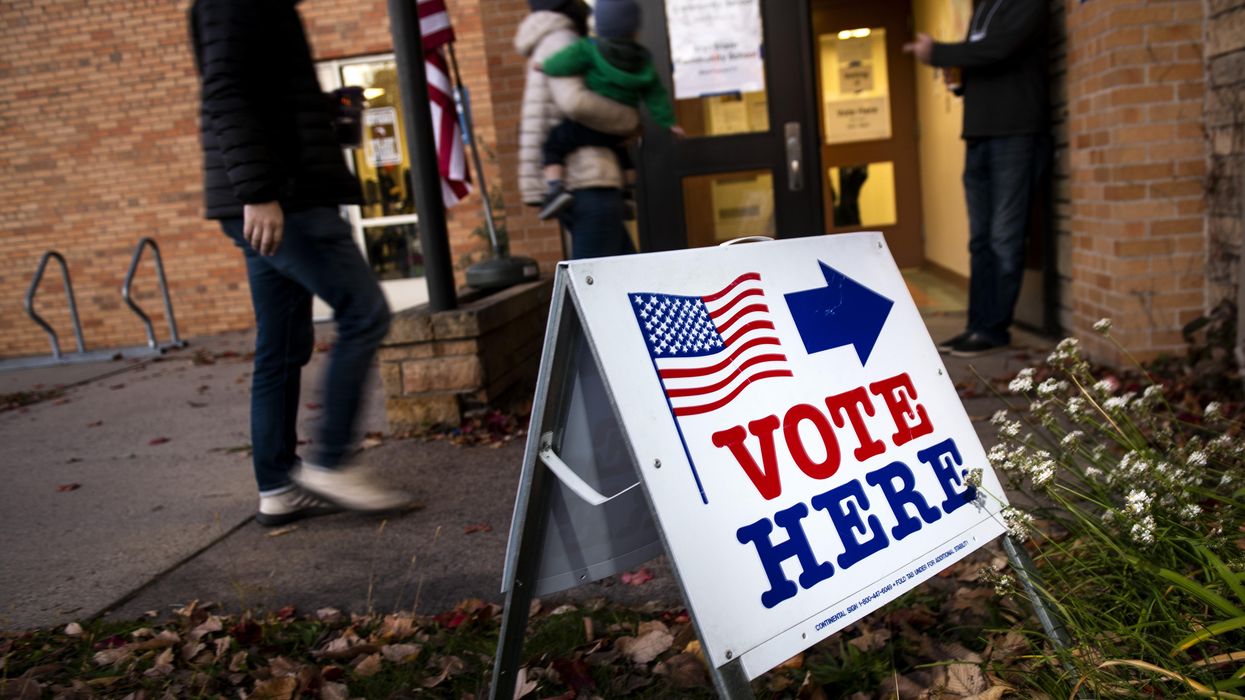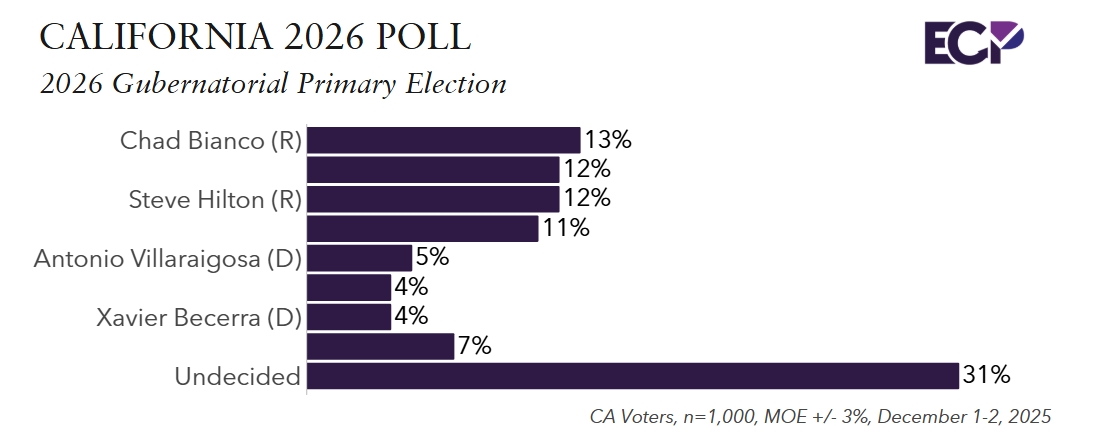This essay is part of a series by Lawyers Defending American Democracy where we demonstrate the link between the administration’s sweeping executive actions and their roots in the authoritarian blueprint Project 2025, and show how these actions harm individuals and families throughout the country.
Two months into his second term, President Trump began attacking the most important pillar of our democracy: free and fair elections.
On March 25, he issued Executive Order 14248, Preserving and Protecting the Integrity of American Elections.
Instead of preserving and protecting voting rights, however, the executive order and related actions by the administration will undermine free and fair elections by suppressing voting.
Trump Is Turning Voting Rights Laws Upside Down
For nearly 100 years following the Civil War, discriminatory practices such as poll taxes and literacy tests prevented African Americans in the South from voting. To ensure that American citizens can freely exercise their right to vote, laws like the Voting Rights Act of 1965 prohibit these discriminatory practices.
Executive Order 14248 subverts America's hard-won voting rights by requiring proof of citizenship—a passport or birth certificate with the voter’s current name—to register to vote. This requirement is particularly hard on married women who have changed their last names and lower-income people who may not have a passport or may never have received a birth certificate.
These requirements are unnecessary to ensure election integrity. All 50 states require people to provide identification when they register to vote, which flags whether they are a citizen, and every state verifies identification when people vote. New research reported July 30 by the nonpartisan, nonprofit Center for Election Innovation & Research, tracking states across the country, confirms what election experts have said all along: Instances of noncitizen voting are extremely rare and in no way coordinated.
The executive order also runs counter to the National Voter Registration Act, which is intended to make voting easier by requiring safety-net agencies to provide voter registration forms to applicants for aid. Perversely, the executive order directs public assistance agencies to assess citizenship before providing voter registration forms. This bureaucratic move disproportionately affects low-income voters, who are more likely to register to vote when applying for public assistance.
Trump’s Executive Order is Illegal
Article I, section 4, of the U.S. Constitution gives states the power to determine the times, places, and manner of holding elections for the U.S. Senate and House of Representatives, subject to laws passed by Congress. Congress has not passed legislation requiring proof of citizenship to register to vote. Trump’s executive order illegally bypasses these legal limitations. Key provisions of the executive order have already been struck down in federal court.
Trump’s Executive Order Ties Directly to Project 2025
The president's executive order is tied directly to Project 2025.
Chapter 17 of the blueprint, which focuses on the U.S. Department of Justice (DOJ), calls for shifting the responsibility for prosecuting “election-related offenses” from the DOJ’s Civil Rights Division to its Criminal Division.
Project 2025 categorizes noncitizen voting and so-called “unlawful ballot correction,” such as the use of provisional ballots to cure defects in absentee ballots, as “election-related offenses” that should be prosecuted as criminal conspiracies.
Project 2025 subverts the mission of the DOJ, which was established in 1870 by President Ulysses S. Grant. A key function of the DOJ is to enforce the protections in the Thirteenth, Fourteenth, and Fifteenth Amendments of the U.S. Constitution abolishing slavery, guaranteeing due process and equal protection of the law, and prohibiting denial of the right to vote based on race.
How Project 2025 Targets People of Color
The underlying assumption of Project 2025 is that racial discrimination does not exist in connection with voting. This is a distortion of history and facts. The effect of this deception is to drive the shift in focus from enforcement to prevent racial discrimination to enforcement to prevent “election-related offenses,” the term coined by the Trump administration to refer to efforts to enforce voting rights. The result will be fewer people of color exercising their right to vote.
Trump's Goal Is to Suppress Voting
Consistent with Project 2025, Trump has gutted the Voting Section of the DOJ's Civil Rights Division. He has shifted its mission statement from defending voting rights to preventing voter fraud, and its new chief has moved aggressively against states, taking actions that are geared to remove voters from their rolls.
Under Trump, the DOJ has dropped cases defending voting rights and is intervening in cases on the side of the party supporting positions that would make it harder to vote.
Trump’s Tactics Are Driven by a Desire to Remain in Power
Would-be authoritarians rush to consolidate power before they can be stopped, and that is what we are now seeing in our country around voting.
Trump is perpetuating the lie that he won the 2020 election; continuing to question the integrity of elections; asking states across the country to provide detailed information about their voter rolls; and asking Texas to gerrymander its already gerrymandered districts mid-decade, rather than at the end of the decade when the U.S. census is conducted, to retain control of the House.
Response to the Administration’s Efforts to Suppress Voting Rights
Lawsuits have been filed throughout the country by individuals and groups seeking to fight against voter suppression measures. These groups include organizations like the State Democracy Defenders Fund, the Campaign Legal Center, the ACLU, and the Free and Fair Litigation Group.
Although key provisions of the executive order have already been struck down, several states are obeying in advance and implementing its terms. North Dakota has ended grace periods for mail-in ballots received past Election Day, and at least 15 states have sought access to federal databases to look for noncitizens on their voter rolls.
Texas has proposed legislation that would specifically be designed to carve out more seats for Republicans in the House. Gerrymandering initiatives in Texas and other states would prevent free and fair elections for the House in 2026 and would be tantamount to representatives picking their voters, rather than voters picking their representatives.
Why This Matters
Free and fair elections are essential to democracy. As Abraham Lincoln said, our republic is a government of the people, by the people, and for the people. If votes do not matter, politicians are not servants of the people; they are rulers.
Without free and fair elections, the country risks a complete loss of its democracy. We will have a dictatorship where an elected leader remains in power, like Viktor Orbán of Hungary, Recep Tayyip Erdoğan of Turkey, and Vladimir Putin of Russia. America’s beacon of freedom will be extinguished.
Ellen R. Hornstein is an attorney who recently retired after 35 years of service from the United States Department of Agriculture, Office of the General Counsel. For most of her career she represented the United States Forest Service. Ellen Hornstein is also a volunteer with Lawyers Defending American Democracy.





















